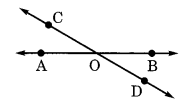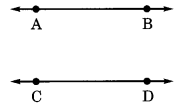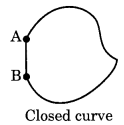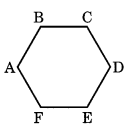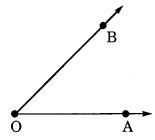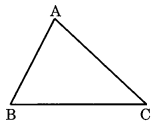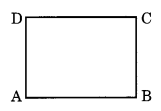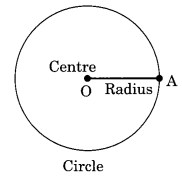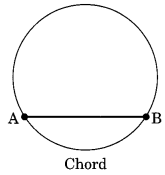On this page, you will find NCERT Class 8 Geography Chapter 1 Notes Pdf free download. CBSE Class 8 Social Science Notes Geography Chapter 1 SST Resources will seemingly, help them to revise the important concepts in less time.
Resources Class 8 Notes Social Science Geography Chapter 1
CBSE Class 8 Geography Chapter 1 Notes Understanding the Lesson
1. Anything that can be used to satisfy a need is a resource.
2. Utility or usability is what makes an object or substance a resource. For example, water, electricity, rickshaw, vegetable and textbook, etc. have something in common and all have been used by human beings, so they have utility.
3. Things become resources when they have a value. Its use or utility gives it a value and all resources have some value.
4. Value means worth. Some have economic value some do not.
5. Some resources can become economically valuable with time.
6. Time and technology are two important factors that can change substances into resources. Both are related to the needs of the people and people themselves are the most important resource.
7. Resources are classified into following categories:
- Natural resources
- Man-made resources
- Human resources
Natural Resources
8. Resources which are drawn from nature and used without much modification are called natural resources.
9. Natural resources are classified into different groups depending upon their level of development and use; origin; stock and distribution.
10. Based on development and use resources are classified into two groups:
- Actual resources
- Potential resources
11. Actual Resources:
- Resources whose quantity is known and are being used in the present.
12. Potential Resources
- Resources whose entire quantity may not be known and are not being used at present. These could be used in the future.
- The level of technology we have at present may not be advanced enough to easily utilise these resources.
13. Based on their origin, classification of resources can be:
- Abiotic resources – Non-living
- Biotic resources – Living
14. Natural resources are categorised broadly into:
- Renewable resources
- Non-renewable resources
15. Renewable Resources
- Those which get renewed or replenished quickly.
- Some of these are unlimited and even not affected by human activities.
16. Non-renewable Resources
- Those which have a limited stock.
- Once the stocks are exhausted it may take thousands of years to be renewed or replenished.
- On the basis of their distribution resources can be ubiquitous or localized. Those found only in certain places are localized.
- The distribution of natural resources depends upon numbers of physical factors and these factors differ so much over the Earth that distribution of resources is unequal.
17. Human Made resources
Natural substances become resources only when their original form has been changed. People use natural resources to make buildings, bridges, roads, machinery and vehicles, that are known as human-made resources. Even the technology is defined as a human-made resource.
18. Human Resources
People can make the best use of nature to create more resources with the help of their knowledge, skill and technology which they have. This is why human beings are known as special resources. Education and health help in making people a valuable resource.
19. Human Resources Development
- Improvising the quality of skills of people to make them able to create more resources is known as human resource development.
20. Conserving Resources
- Resource conservation is meant by using resources carefully and giving them time to get renewed.
- Sustainable development is defined as balancing the need to use resources and also conserve them for the future needs.
- The future of our planet and its people is co-related with the ability to maintain and preserve the life support system by the nature.
21. It is the duty of people of this Earth to ensure that:
- All uses of renewable resources are sustainable.
- The diversity of life on Earth is conserved.
- The damage to natural environmental system is minimised.
Resources Class 8 CBSE Notes Important Terms
Utility: The state of being useful, profitable or beneficial.
Value: It means worth or considering something to be important or beneficial.
Patent: It means the exclusive right over any idea or invention.
Technology: It is the application of latest knowledge and skill in doing or making things.
Origin: The point or place where something begins, arises or is derived.
Stock of resources: It is the amount of resources available for use.
Human resources: Refers to the number and abilities of the people.
Sustainable development: Carefully utilizing resources so that besides meeting the requirements of the present, they also takes care of future generations.

